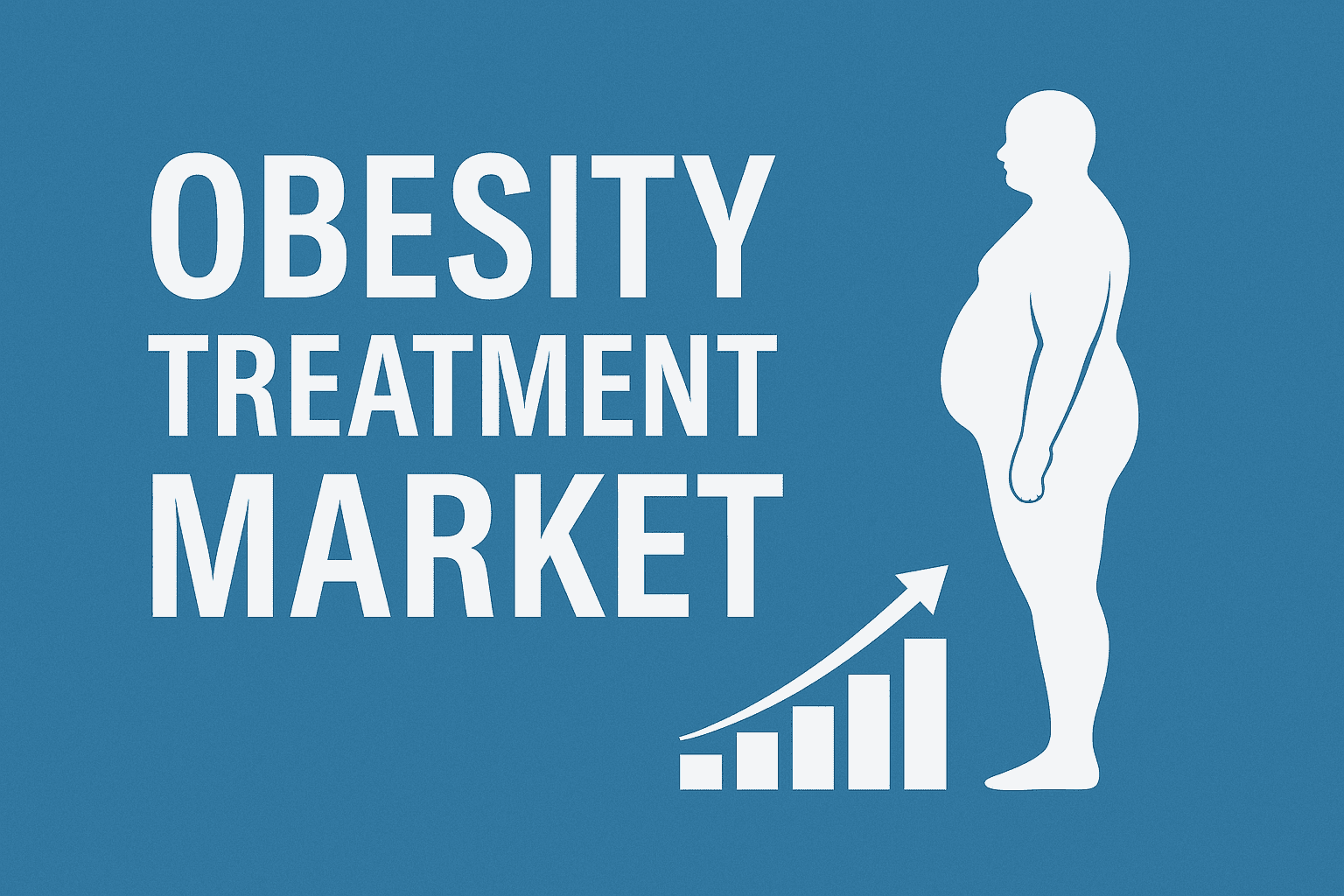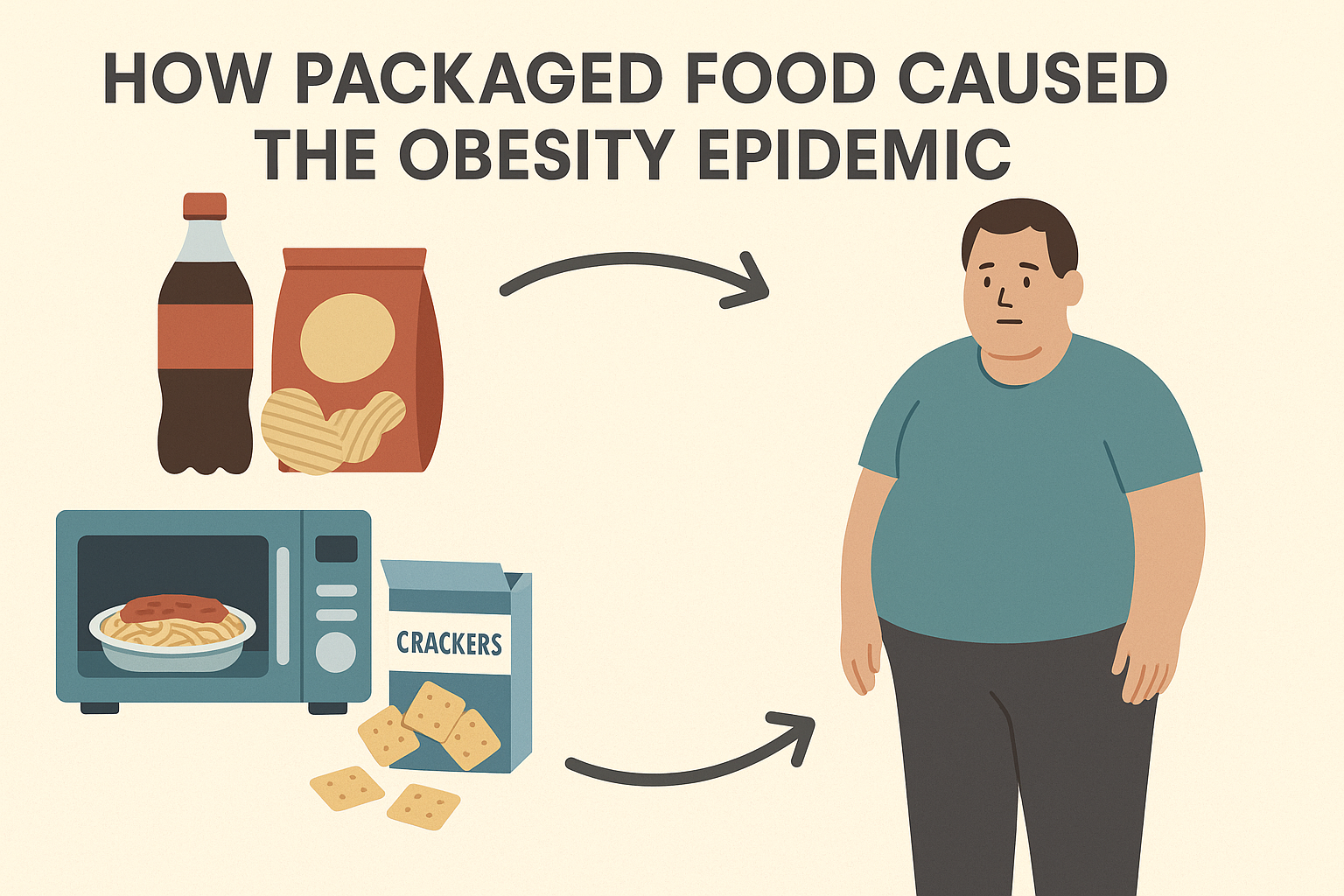The global obesity treatment market is experiencing significant growth and transformation, driven by an increasing prevalence of obesity and a greater understanding of its associated health risks. This blog post explores the key trends shaping this dynamic market, drawing insights from recent industry reports.
Market Size and Growth Trajectory:
The obesity treatment market was valued at USD 15.92 billion in 2024 and is projected to reach USD 60.53 billion by 2030, exhibiting a remarkable compound annual growth rate (CAGR) of 22.31% from 2025 to 2030. This substantial growth is further underscored by a Morgan Stanley Research report, which forecasts the global market for obesity drugs to reach $105 billion in 2030, with a potential high of $144 billion, a significant increase from the $6 billion in branded drug sales in 2023. This upward revision reflects the surging demand and the expanding potential of these drugs beyond weight loss.
Key Drivers Fueling Market Expansion:
Several factors are contributing to the robust growth of the obesity treatment market:
- Rising Global Obesity Rates and Comorbidities: The escalating prevalence of obesity worldwide, with an estimated 2.5 billion adults being overweight and 890 million classified as obese in 2022, is a primary driver. The increasing incidence of associated comorbidities like diabetes, cardiovascular diseases, and hypertension further fuels the demand for effective interventions.
- Growing Awareness and Medical Intervention: There is a growing awareness of obesity as a chronic condition requiring medical intervention, leading to increased demand for pharmacological treatments.
- Government Regulations and Initiatives: Government regulations and national health initiatives, such as Healthy China 2030 and the Obesity Care Continuum in the U.S., play a pivotal role in shaping the market by establishing standards for prevention, diagnosis, and treatment. These policies influence dietary regulations, drug approvals, and insurance coverage.
- Advancements in Pharmacological Treatments: Rapid innovation in drug classes like GLP-1 receptor agonists, lipase inhibitors, and appetite suppressants is significantly improving weight management outcomes. Breakthrough drugs such as semaglutide (Wegovy), liraglutide (Saxenda), and tirzepatide (Zepbound) are gaining traction due to their efficacy. The development of novel oral formulations and non-traditional therapies is also expanding treatment options.
Drug Class and Route of Administration Insights:
- GLP-1 Receptor Agonists dominated the market in 2024, accounting for the largest revenue share of 80.19% due to their efficacy in achieving significant weight reduction and regulating appetite and glucose metabolism.
- The other drug class segment is expected to exhibit the fastest growth, driven by unique mechanisms of action in drugs like setmelanotide, cannabinoid receptor antagonists, and serotonergic agents. Ongoing efforts to improve the safety of cannabinoid receptor antagonists and serotonergic agents are expected to increase their demand.
- The parenteral route of administration held the largest revenue share at 82.20% in 2024, driven by the targeted and sustained therapeutic effects of injectable drugs, particularly GLP-1 receptor agonists.
- The oral route of administration is witnessing significant growth due to its convenience, ease of use, and high patient compliance.
Distribution Channels:
Retail pharmacies held the largest revenue share at 55.08% in 2024, serving as accessible points for patients seeking anti-obesity drugs and wellness products. The other segment, including mail-order pharmacies, specialty clinics, and online drug stores, is also experiencing significant growth due to the increasing demand for convenience and personalized care.
Regional Market Trends:
- North America dominated the global market with a revenue share of 73.39% in 2024, driven by high obesity prevalence in the U.S. and Canada. The U.S. held a significant share of 95.78% within North America in 2024.
- Europe is witnessing significant growth due to rising obesity rates and increasing focus on innovative treatment solutions in countries like the UK, Germany, and France.
- The Asia Pacific market is driven by increasing obesity rates in countries like China, India, Japan, and Australia, attributed to urbanization and changing lifestyles.
- Latin America and the Middle East & Africa are also experiencing growth due to rising obesity prevalence and increasing public health concerns.
Impact Beyond Weight Loss:
Obesity drugs are expected to have a ripple effect in the healthcare sector, potentially impacting the treatment and prevention of over 200 obesity-related chronic diseases. The SELECT trial indicated that a leading obesity medicine provided a 73% reduction in the risk of developing diabetes and a 20% drop in the risk of heart attacks, strokes, and cardiovascular deaths. This potential to increase longevity could disrupt healthcare and create investment opportunities in medical technology.
Furthermore, the increasing use of obesity drugs is expected to influence the food and beverage industry, with consumers potentially eating less and making healthier choices. Companies may need to adapt by offering healthier options and smaller package sizes. The fitness industry is also poised to benefit, as individuals taking these drugs are more likely to engage in regular exercise.
Recent Developments:
The market is characterized by ongoing research, development, and strategic collaborations:
- Palatin Technologies received FDA clearance to begin a phase 2 clinical study combining bremelanotide with tirzepatide for obesity treatment.
- Currax Pharmaceuticals announced the approval of a new manufacturing site for CONTRAVE/MYSIMBA in the EU and EEA to increase production capacity.
- Eccogene entered an exclusive license agreement with AstraZeneca for its oral GLP-1 receptor agonist, ECC5004, targeting obesity and related conditions.
Leading Companies:
Key players in the obesity treatment market include Novo Nordisk A/S, Eli Lilly and Company, GlaxoSmithKline plc, VIVUS LLC, Currax Pharmaceuticals, Boehringer Ingelheim International GmbH, Rhythm Pharmaceuticals, Inc., and Gelesis. These companies are actively involved in mergers, acquisitions, and R&D to strengthen their portfolios and expand treatment options.
Conclusion:
The obesity treatment market is on a significant growth trajectory, driven by a confluence of factors including rising obesity rates, increasing awareness, and advancements in pharmacological therapies. The impact of these treatments extends beyond weight loss, potentially revolutionizing the management of related diseases and influencing various industries. As research continues and new therapies emerge, the landscape of obesity treatment is expected to evolve rapidly, offering promising solutions to address this global health challenge.
References:
Excerpts from “Obesity Treatment Market Size, Share | Industry Report, 2030” Excerpts from “Weight Loss Drug Market: $105 Billion Adjusted Outlook | Morgan Stanley”



